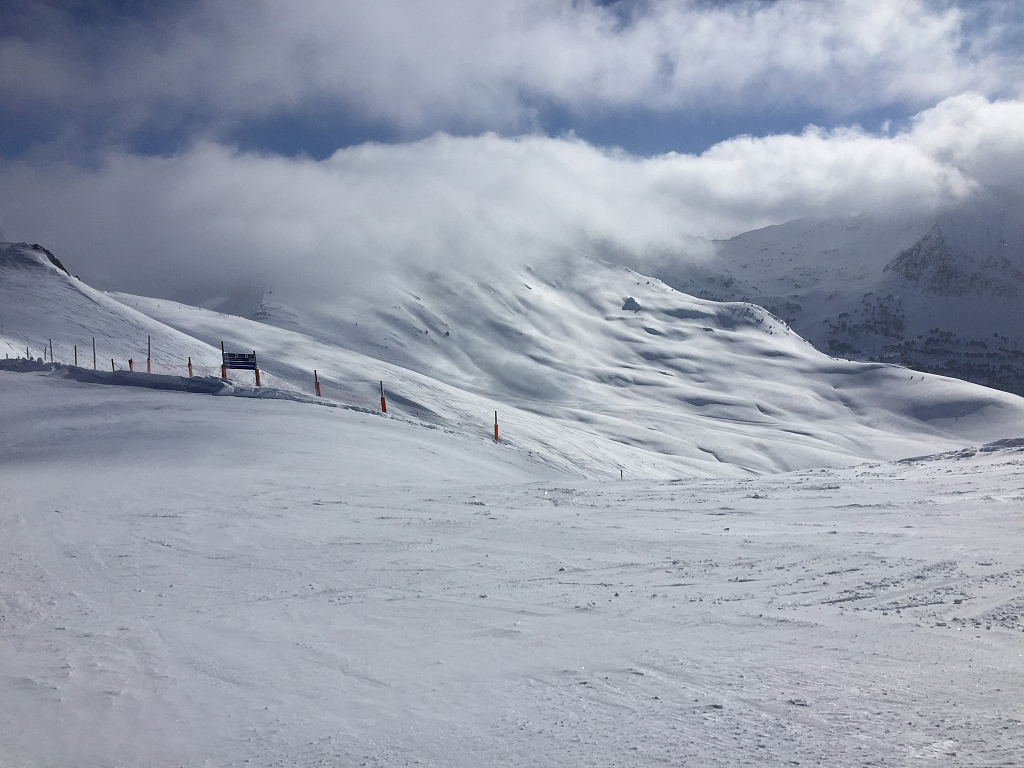Glaciers nestled in the lofty crags of the Pyrenees mountains separating France and Spain could disappear within 30 years as temperatures rise, upending ecosystems while putting local economies at risk, scientists say.
"We can't set a precise date but the Pyrenees glaciers are doomed," Pierre Rene, a glaciologist with the region's Moraine glacier study association, told AFP.
He estimates the end will come by 2050, based on the group's measurements of nine of the 15 glaciers on the French side over the past 18 years.
The United Nations has said the past decade has been the hottest on record and warned that persistent greenhouse gas emissions were expected to push average global temperatures even higher, leading to retreating ice cover, rising sea levels and increasingly extreme weather.
It also confirmed that 2019 was the second hottest year on record, after 2016.

Surveys, core samples and GPS tracking of the Pyrenees glaciers all point to the same conclusions already noted at glaciers in the Alps and elsewhere: Warmer and drier winters appear to be inexorably shrinking and thinning the ice fields.
The total surface area of the nine glaciers tracked by Moraine now stands at 79 hectares (195 acres) compared with 140 hectares just 17 years ago, Rene said.
That is just a small fraction of the 450 hectares they covered in the middle of the 19th century – and the pace of decline is accelerating.
Since 2002, the nine glaciers have lost 3.6 hectares every year, the equivalent of five soccer pitches, Moraine says in its report on the 2019 season.
Last year was no exception, with the bottom edge of five glaciers tracked by Moraine retreating by 8.1 meters (27 feet) on average last summer, up from 7.9 meters recorded in previous years, it said.
'Wiped off the map'
Scientists also warn of the hit to high-altitude ecosystems and biodiversity, with consequences that will ripple well beyond the mountainous zones.
Microscopic algae also provides a first link in the food chain of glacier environments, sustaining glacial fleas and other insects.
As temperatures rise and more ground is exposed as the glaciers retreat, the landscape will become vulnerable to colonization from plants and animals that currently can survive only at lower altitudes.
"If native species in the Pyrenees depend on glacial influences, you can imagine that they are going to be wiped off the map," Cauvy-Fraunie said.

The regional climate observatory estimated in a 2018 report that average maximum temperatures across the Pyrenees could rise by 1.4 to 3.3 degrees Celsius (2.5 to 4 Fahrenheit) by the middle of this century.
The increase has been even more dramatic at higher altitudes, where shrinking glaciers are seen as a harbinger of dire consequences across the range.
(If you want to contribute and have specific expertise, please contact us at nature@cgtn.com.)
Source(s): AFP